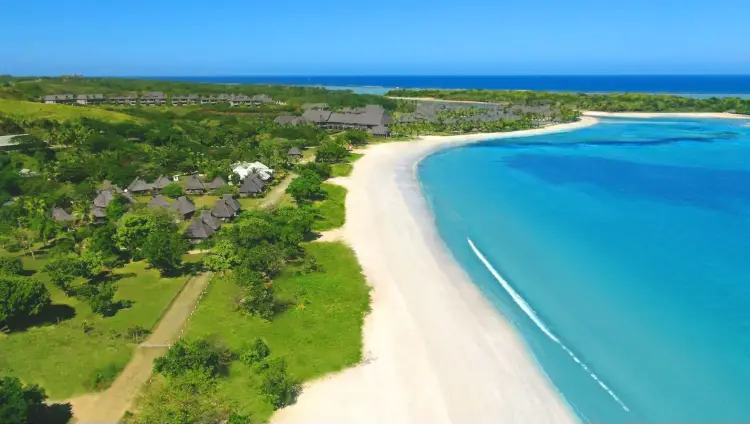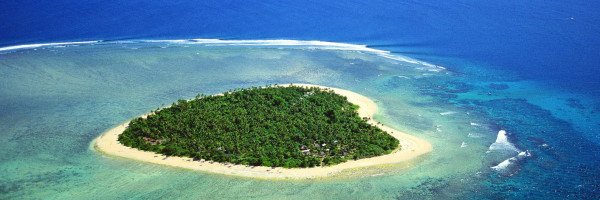The Rich History of Fire Dancing in Fiji
Fire dancing, known locally as ‘sulu’ or ‘meke’, is an integral part of Fijian culture, deeply rooted in the traditions of the islands. This mesmerizing art form has been practiced for generations, originally performed during significant ceremonies and events to celebrate victories, welcome guests, or honor ancestors. The origins of fire dancing can be traced back to the indigenous Fijian tribes, who used fire as a symbol of strength and spirituality. The dance typically features performers twirling flaming torches, batons, or poi, each movement representing a story or legend from Fijian history. The vibrant costumes and rhythmic music enhance the performance, creating an electrifying atmosphere that captivates audiences. For a deeper understanding of the cultural significance and to witness this incredible tradition, visitors can explore various cultural showcases around the Fiji Islands. As fire dancing grows in popularity, it has adapted to modern influences while maintaining its traditional roots. This evolution reflects the dynamic nature of Fijian culture, merging ancient practices with contemporary entertainment to create stunning displays that attract tourists and locals alike.The Artistry Behind Fire Dancing Techniques
Fire dancing is not just about wielding flames; it is an intricate art form that requires skill, precision, and a deep understanding of rhythm and movement. Performers undergo extensive training to perfect their techniques, ensuring they can handle fire safely while delivering a visually captivating experience. The choreography often incorporates various styles, including acrobatic moves, spins, and jumps, all synchronized with traditional Fijian music. Each performer brings their unique flair to the dance, adding personal elements that make every performance distinct. In Fiji, fire dancers often use materials like coconut fiber or cloth soaked in kerosene to create their flaming props. Safety is paramount; thus, dancers are trained in fire management techniques, including proper extinguishing methods and first aid. For those interested in learning fire dancing, New Zealand offers workshops and classes, allowing enthusiasts to develop their skills and embrace this dazzling art form while honoring its origins.Fire Dancing as a Cultural Performance for Tourists
For tourists visiting the Fiji Islands, fire dancing performances are a must-see. These spectacles are often included in cultural nights at resorts and local festivals, providing visitors with an immersive experience of Fijian traditions. The performances not only entertain but also educate attendees on the significance of fire dancing in Fijian culture. Many resorts and cultural centers invite local fire dancers to share their stories, showcasing the historical context and meaning behind their movements. This engagement offers a unique opportunity for tourists to connect with the culture of Fiji, making their visit more memorable. Moreover, fire dancing events often feature traditional Fijian cuisine, allowing guests to savor local flavors while enjoying the performance. For those traveling from New Zealand, seeking out these cultural experiences can enrich their understanding of Pacific Island cultures and foster greater appreciation for the artistry involved in fire dancing.The Role of Fire Dancing in Fijian Festivals and Celebrations
Fire dancing plays a central role in various Fijian festivals and celebrations, marking important events in the community. Festivals like the Hibiscus Festival and the Bula Festival showcase traditional dances, including fire dancing, highlighting the vibrancy of Fijian culture. These events often feature competitions among fire dancers, where performers display their skills and creativity, drawing large crowds of both locals and tourists. The exhilarating performances, coupled with the festive atmosphere, create a sense of unity and pride among the Fijian people. For visitors from New Zealand, attending a festival in Fiji offers a unique insight into the local culture and traditions. Participating in these celebrations allows tourists to witness the beauty of fire dancing firsthand while enjoying the lively spirit of Fijian hospitality.Safety Measures in Fire Dancing Performances
While fire dancing is an exhilarating spectacle, safety is a top priority for performers and organizers. Professional fire dancers in Fiji undergo rigorous training to ensure they can perform safely, minimizing risks associated with handling fire. Before each performance, dancers inspect their equipment and ensure that all safety protocols are followed. Many performances have safety personnel on standby, equipped with fire extinguishing tools to respond to any emergencies. For aspiring fire dancers, especially in New Zealand, understanding safety measures is crucial. Participating in workshops that emphasize safety guidelines, such as wearing the right clothing and practicing in controlled environments, can significantly reduce the risk of accidents. By prioritizing safety, performers can fully embrace the art of fire dancing, allowing audiences to enjoy the spectacle without concern, thus preserving the tradition for future generations.Fire Dancing as a Means of Cultural Exchange
As fire dancing gains international recognition, it has become a means of cultural exchange, allowing Fijian performers to share their heritage with the world. Through performances, dancers not only entertain but also educate audiences about their customs, beliefs, and history. In recent years, fire dancing troupes from Fiji have toured internationally, participating in festivals and cultural events in countries like New Zealand. These exchanges foster understanding and appreciation for different cultures, bridging gaps and building connections through the universal language of dance. For New Zealanders interested in cultural exchange, attending fire dancing performances and workshops can provide invaluable insights into Fijian traditions. It also opens opportunities for collaboration between local artists and Fijian dancers, enriching the artistic landscape of both nations.The Future of Fire Dancing in Fiji and Beyond
The future of fire dancing in Fiji looks bright, with a growing interest in preserving and promoting this vibrant art form. As tourism continues to thrive, more opportunities arise for performers to showcase their talents and share their culture with a global audience. Innovations in choreography, music, and performance styles are emerging, blending traditional elements with contemporary influences. This evolution ensures that fire dancing remains relevant, appealing to both younger generations and international tourists. For those in New Zealand and beyond, supporting fire dancing initiatives and cultural events can contribute to the sustainability of this art form. By celebrating the rich traditions of the Fiji Islands, we not only honor the past but also pave the way for future generations to experience the magic of fire dancing.FAQs
What is fire dancing in Fiji?
Fire dancing in Fiji is a captivating performance art that involves the skilled manipulation of fire tools, such as poi and staffs, by dancers. This traditional practice is deeply rooted in Fijian culture and is often showcased during nightlife performances, providing visitors with a mesmerizing spectacle that highlights the islands’ rich heritage.
How did fire dancing originate in Fiji?
The origins of fire dancing in Fiji can be traced back to ancient rituals and ceremonies, where fire was used to honor deities and celebrate important events. Over time, this practice evolved into a popular form of entertainment, particularly in the context of Fiji nightlife performances, where it serves to connect audiences with Fijian traditions.
Are there specific techniques used in fire dancing?
Yes, fire dancers in Fiji employ various techniques that involve intricate movements, rhythm, and choreography. These techniques are often passed down through generations and include spins, tosses, and formations that create visually stunning patterns of fire, enhancing the overall experience of Fijian nightlife performances.
Is fire dancing safe for performers and audiences?
Safety is a top priority in fire dancing. Performers undergo rigorous training to master their skills and understand fire safety protocols. During Fijian nightlife performances, measures are taken to ensure a safe environment for both dancers and spectators, such as using safety equipment and having fire extinguishing tools readily available.
Where can I see fire dancing performances in Fiji?
Fire dancing performances can be experienced at various venues across Fiji, including resorts, cultural centers, and local festivals. Many popular tourist spots offer scheduled shows as part of their nightlife performances, allowing visitors to immerse themselves in the vibrant culture and traditions of Fiji.
What should I wear if I plan to watch a fire dancing show?
When attending a fire dancing show in Fiji, it’s advisable to wear comfortable clothing that allows for easy movement, as well as closed-toe shoes for safety. Since these performances are often held outdoors at night, bringing a light jacket might also be a good idea to stay warm while enjoying the dazzling spectacle.
Can I participate in fire dancing classes while in Fiji?
Yes, many resorts and cultural centers in Fiji offer fire dancing classes for tourists interested in learning this captivating art form. These classes often provide a safe environment to practice under the guidance of experienced instructors, allowing participants to gain a deeper appreciation for the skills involved in fire dancing and its significance in Fijian culture.
References
- Fiji Islands – Official tourism website that offers insights into Fijian culture, including fire dancing traditions and events.
- Cultural Fiji: Fire Dancing – A detailed exploration of the history and significance of fire dancing in Fijian culture.
- Lonely Planet: Fire Dancing in Fiji – Travel guide that includes information on popular destinations for fire dancing performances.
- Fiji Travel: Fire Dancing – An article highlighting the artistry and cultural significance of fire dancing in Fiji.
- BBC Travel: The Art of Fiji Fire Dancing – A feature that delves into the history and allure of fire dancing as a traditional performance art in Fiji.







